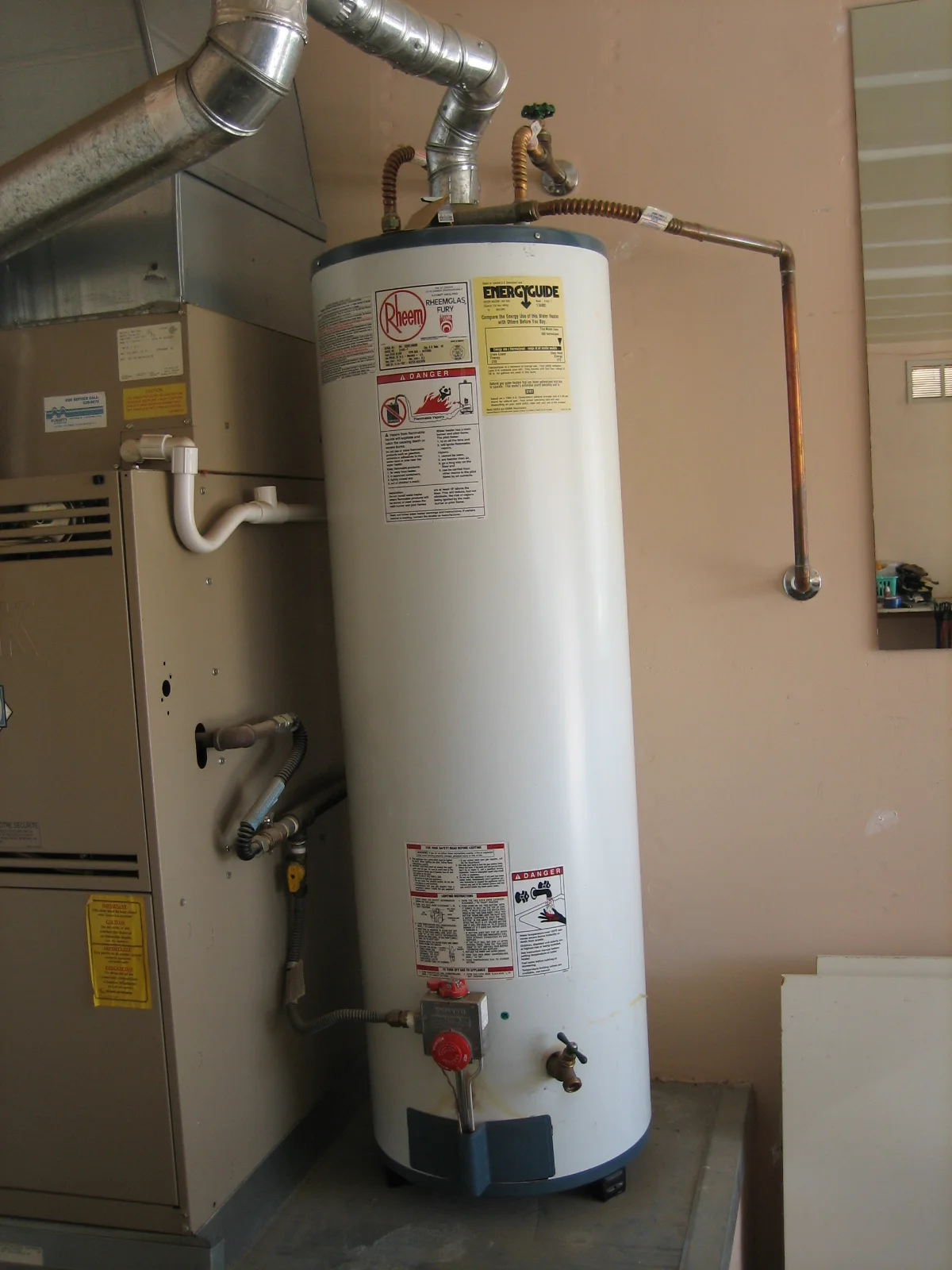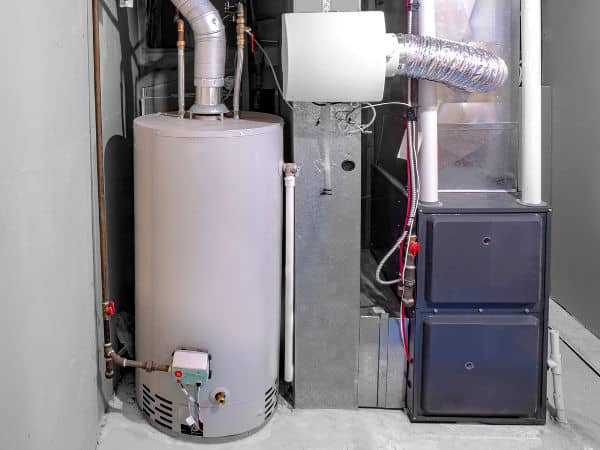Caring for Your Home's Hot Water System: Key Guidelines
Caring for Your Home's Hot Water System: Key Guidelines
Blog Article
This post further down relating to How to Maintain Your Water Heater & Prolong its Life is indeed enjoyable. Don't bypass it.

Hot water is vital for daily convenience, whether it's for a rejuvenating shower or cleaning meals. To ensure your warm water system runs efficiently and lasts much longer, regular maintenance is key. This short article gives sensible suggestions and insights on just how to maintain your home's hot water system to prevent disruptions and costly fixings.
Intro
Preserving your home's warm water system may appear difficult, however with a few basic actions, you can ensure it runs smoothly for many years ahead. This guide covers every little thing from understanding your warm water system to DIY upkeep ideas and knowing when to contact professional aid.
Significance of Maintaining Your Warm Water System
Routine maintenance not only extends the life-span of your warm water system yet additionally ensures it operates successfully. Overlooking maintenance can bring about reduced efficiency, greater energy bills, and also premature failing of the system.
Indications Your Warm Water System Needs Upkeep
Knowing when your hot water system requires focus can prevent major problems. Watch out for indications such as irregular water temperature level, unusual noises from the heating system, or corroded water.
Recognizing Your Warm Water System
Before diving into maintenance jobs, it's handy to understand the basic elements of your hot water system. Normally, this consists of the hot water heater itself, pipelines, anode poles, and temperature controls.
Monthly Upkeep Tasks
Normal monthly checks can assist capture small issues before they rise.
Purging the Hot Water Heater
Flushing your water heater removes sediment buildup, enhancing efficiency and prolonging its life.
Checking and Replacing Anode Rods
Anode rods avoid rust inside the storage tank. Inspecting and changing them when broken is critical.
Evaluating and Readjusting Temperature Level Setups
Changing the temperature level setups makes sure optimal performance and safety.
DIY Tips for Upkeep
You can execute numerous upkeep jobs on your own to keep your hot water system in top condition.
Checking for Leakages
Regularly check pipelines and connections for leaks, as these can result in water damage and greater costs.
Examining Stress Relief Valves
Evaluating the pressure relief valve guarantees it operates properly and avoids excessive pressure accumulation.
Shielding Pipelines
Protecting hot water pipelines minimizes warm loss and can save power.
When to Call an Expert
While DIY maintenance is useful, some problems need expert knowledge.
Complex Concerns Calling For Specialist Assistance
Examples include major leaks, electric troubles, or if your hot water heater is constantly underperforming.
Regular Expert Maintenance Benefits
Specialist upkeep can include comprehensive examinations, tune-ups, and making certain conformity with security standards.
Final thought
Routine maintenance of your home's warm water system is crucial for effectiveness, durability, and cost financial savings. By adhering to these tips and recognizing when to seek specialist assistance, you can ensure a trusted supply of hot water without unanticipated interruptions.
How to Maintain an Instant Hot Water Heater
Before tinkering with your hot water heater, make sure that it’s not powered on. You also have to turn off the main circuit breaker and shut off the main gas line to prevent accidents. Also turn off the water valves connected to your unit to prevent water from flowing into and out of the appliance. 2. When you’re done, you have to detach the purge valves’ caps. These look like the letter “T†and are situated on either side of the water valves. Doing so will release any pressure that has accumulated inside the valves while at the same time avoid hot water from shooting out and burning your skin. 3. When the purge valves’ caps are removed, you have to connect your hosing lines to the valves. Your unit should have come with three hoses but if it didn’t, you can purchase these things from any hardware or home repair shops. You can also get them from retail stores that sell water heating systems. Read the user’s manual and follow it to complete this task properly. When the hosing lines are connected, open the purge port’s valves. 4. You should never use harsh chemical cleaners or solutions when cleaning your unit. Make use of white vinegar instead. It should be undiluted and you’ll probably use about 2 gallons. 5. Now flush your water heater. This task should probably take about 40 minutes. We can’t give you specific directions for this because the procedure is carried out depending on the type, model and brand of your heater. With that being said, refer to the user’s manual. 6. When you’re done draining the unit, you have to turn off the purge port valves again. Remove the hosing lines that you earlier installed on each of the water valves. Put the valve caps (purge port) back in their respective places and be very careful so as not to damage the rubber discs that are found inside these caps. 7. Now that everything’s back in place, check your user’s manual again to find out how to reactivate your water heating system. 8. Once it is working, turn one of your hot water faucets on just to let air pass through the heater’s water supply pipes. Leave the tap on until water flows smoothly out of it. https://www.orrplumbing.com/blog/2014/september/how-to-maintain-an-instant-hot-water-heater/

I hope you enjoyed reading our part on Water Heater Maintenance Tips You Can't Afford to Forget. Many thanks for taking time to read through our blog post. If you liked our blog post if you please be sure to share it. Thanks so much for taking the time to read it.
Article Report this page